Content
Lovers of self-grown vegetables in their plots usually plant the usual varieties of cucumbers for everyone, giving whips up to 3 meters long. Such vines can be easily used to decorate a garden gazebo or run along the fence of a small summer cottage, to the delight of passers-by. But if you do not want to treat neighbors or suffer with props, you can plant little-known bush cucumbers.
The photo shows how a bush cucumber will look like, creeping along the ground.
These varieties are good because, with a relatively low yield compared to long-leafed varieties, the fruits ripen together. Within three weeks, fruiting ends. The crop begins to ripen long before the appearance of the main cucumber diseases, which avoids losses.
Bush cucumber is a determinant plant, that is, it does not grow long lashes, in contrast to the usual liana-like indeterminate varieties of this vegetable. Bushes grow not only decorative, but also easy to handle between rows. The stems usually do not exceed 60 centimeters long. Most varieties are intended for outdoor cultivation and are bee-pollinated.
Exist parthenocarpic bush hybrids... Parthenocarpic is a variety that produces fruits without pollination. Such fruits do not have seeds. When grown outdoors, such a plant can be pollinated by insects. In this case, the fruits ripen with seeds, but lose their presentation.
Bush cucumber varieties
Their names speak for themselves: Baby, Baby, Shorty and others.
Varietal cucumbers
When growing varietal cucumbers, you can use seeds of your own production. But there is no guarantee of obtaining a harvest from such seeds.
Microsha
A universal early maturing, bee-pollinated variety. Fruiting on the 47th day after germination. Zelenets up to 12 cm in length and up to 110 grams of weight. Dark green, black pubescent. Used for pickling and canning. It is consumed fresh. The crop is harvested as it ripens.
They are planted in the ground after the end of the frost. Landing is done in rows at a distance of fifteen centimeters from each other. The distance between the beds is sixty centimeters.
Differs in increased resistance to the most common diseases.
Gift
Shrub variety with stems up to 60 cm long. Early maturing. Begins fruiting on the fiftieth day after germination. Cucumbers 9-12 cm, weighing up to 90 grams. When outgrowing, they do not turn yellow. Ideal for pickling.
This variety is usually grown outdoors, although it grows well in the winter in a pot. The seeds are sown in the beds, at a distance of fifteen centimeters from each other. Sixty centimeters between the beds.
Shorty
The variety is intended for open ground. Pollinated by insects. Early ripe. Fruiting on the fiftieth day after germination. The stems are short. Zelentsy up to 12 cm, weigh up to 130 gr. Suitable for conservation and fresh consumption.
They are sown into the ground after the end of the frost according to the same scheme as the other varieties. The crop is harvested as it ripens.
Bush
A bee-pollinated variety grown in the open field. Versatile. Stems up to seventy centimeters with short lateral shoots. Fruits up to 12 cm, weighing up to 120 gr. Resistant to major cucumber diseases.
One of the most productive varieties in this group.The yield declared by the manufacturer is 5-6 kg / m².
Hybrids
Separately, it is worth dwelling on the varieties marked with F1. Many gardeners believe that this marking means genetically modified plants. They are actually hybrids. F1 comes from the Italian word Filli - "children", the first generation. In other words, these are first-generation hybrids obtained by crossing plants of different varieties. The parental varieties are usually kept secret.
The advantage of the first generation hybrids is their inheritance of the best qualities of the parent varieties and increased vitality and productivity, explained by such a phenomenon as heterosis. Provided that, under the guise of an F1 hybrid, you were not sold cheaper varietal seeds.
The main disadvantage of F1 hybrids is that seeds cannot be harvested from them. After sowing the seeds obtained from the hybrid, you will receive a very variegated and unpredictable set of plants, about which you can confidently say only one thing: these are cucumbers. Many may not bear fruit at all, others will bear fruit with completely different qualities than the hybrid. Guaranteed none will produce the same results as first generation hybrids.
Baby tough F1
New bush variety of parthenocarpic mid-early hybrid. Grown in greenhouses and open beds. Planted in early April according to the standard scheme.
Harvesting can be done starting from the fifty-third day after germination. The variety is well suited for winter harvesting. It is consumed fresh.
Resistant to frost and powdery mildew.
Kid F1
A very early ripening versatile variety grown only outdoors. Fruiting in forty days after germination. The stems are only thirty to forty centimeters long. The fruits are dark green, up to 9 centimeters long. Resistant to peronosporosis and cucumber mosaic virus.
Hector F1
Bred by breeders of a Dutch company. Certified in Russia in 2002. According to the register, it can be grown in all regions of the Russian Federation. It tolerates short-term frosts well.
The bush is compact, does not need shaping. Resistant to common diseases.
Fruiting on the fortieth day after disembarkation. The fruits are not large. The average size is about 10 cm. It grows to a maximum of 15. It is better to harvest early, about eight centimeters long. Cucumbers not picked in time, which have grown to 11-15 cm, have a tough skin. They are distinguished by good keeping quality. Fruiting is amicable. The yield declared by the manufacturer is 4 kg per 1 m².
Aladdin F1
Mid-early universal bush hybrid with a growing season of about 48 days. Grown in greenhouses and garden beds. Bee-pollinated. Growing areas: Russia, Ukraine, Moldova.
The fruits are green with light stripes. They require daily collection, although they do not turn yellow even when overripe. Good for preserving and pickling, and fresh for salads. Gherkins are even in size and shape. Length up to ten centimeters, weight up to one hundred grams. The declared yield is 4-4.5 kg / m². Harvesting can continue until late autumn.
Sow at a soil temperature of 12 degrees. Sowing scheme 50x30 cm. Resistant to powdery mildew and peronosporosis.
Boy with thumb F1
A versatile variety. High-yielding early ripe hybrid. Refers to gherkin varieties. Fruits appear already on the thirty-sixth day. The bush is compact, even suitable for a windowsill. Parthenocarpic, does not require pollination, can be grown in greenhouses. At the same time, it is very unpretentious in cultivation and is one of the most frost-resistant.
Resistant to common diseases. In the greenhouse, planted at the rate of 2.5 plants per 1 m², in the open air 3-4 bushes. When grown in an open bed, it should be borne in mind that the flowers can be pollinated by bees. In this case, the fruits will come out with seeds, but of an ugly shape.
Produces gherkins 8-10 cm long.Ideal for pickling and fresh consumption.
Growing and care
Bush cucumber is no different from the usual long-leaved varieties in terms of care. These varieties can be planted closer than ordinary ones due to the compactness of the bush.
To avoid freezing at night, the wells are covered with foil or non-woven material. The film must be removed before the leaves of the sprout touch it, otherwise the plant may get burned.
There is an interesting and practical way to grow bush varieties in a barrel. The photo shows how such a bush will look like.
Several plants are often planted in a barrel at once, so it is necessary to select varieties that tolerate thickening well. For example, a bush variety.
You can see how to properly plant cucumbers in a barrel in the video.
Further care for cucumbers in a barrel is well presented in the following two videos:
Reviews of varieties of bush cucumbers are usually laudatory. Sometimes found negative, usually associated not with varieties, but with their cultivation. There are claims that cucumbers grow in irregular shapes or with hooks. If it concerns parthenocarpic varieties, then insects - pollinators may be "to blame". But it happens that insects have nothing to do with it. Cucumbers grow like this due to a lack of potassium in the soil, although few people think about it. How to correct the situation is shown in this video.
Although the varieties of these cucumbers are resistant to the most common diseases, sometimes the defense breaks through or the bushes get sick with something else. They are not protected from pests either. How to distinguish a spider mite from a fungal disease and what to do if a tick attacked a plant can be seen in this video.
Conclusion
Lost in front of the wealth of choice, gardeners often wonder which of the varieties are the best. It all depends on the purpose and method of growing. In no case should bee-pollinated varieties be taken for greenhouses. It is extremely difficult to lure insects - pollinators into the greenhouse. Parthenocarpic cucumber varieties are the best here.
For open beds, pollinated varieties that do not require pollination are chosen, they can upset you with the appearance of crooked freaks.
A variety ideal for salad dressing may not be suitable for winter harvesting at all.
Determine the purpose of growing your cucumber and choose the best plants for that area.

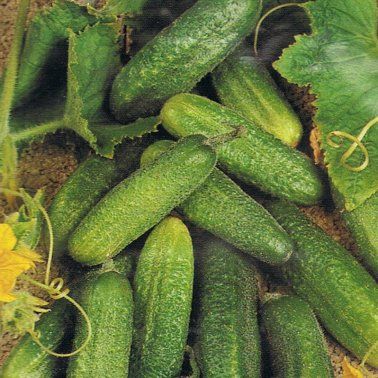
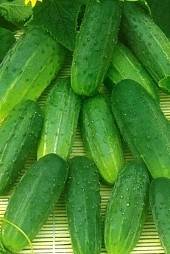
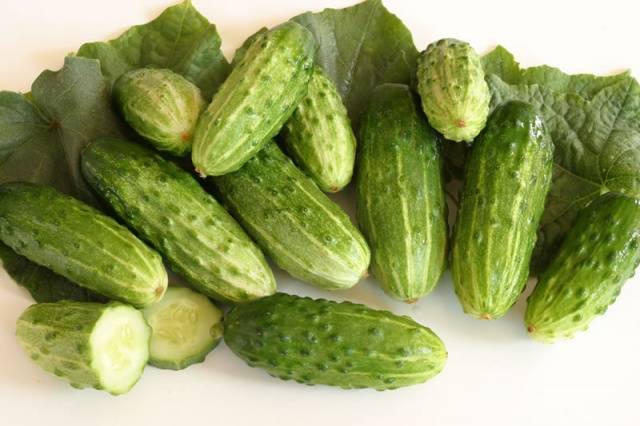
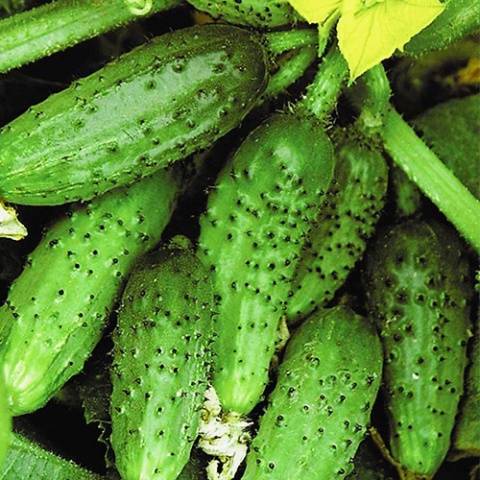
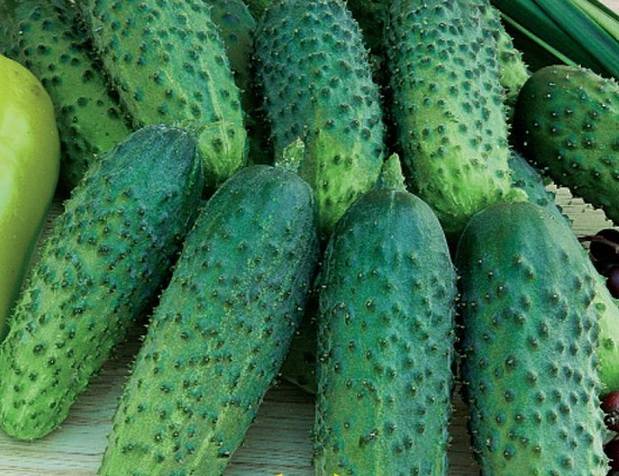
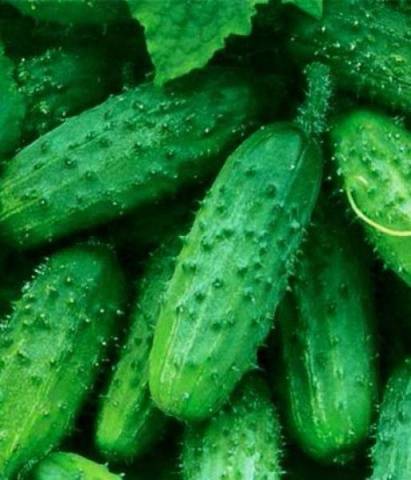

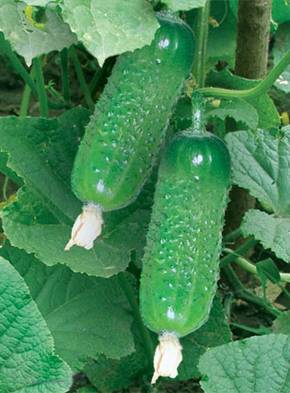
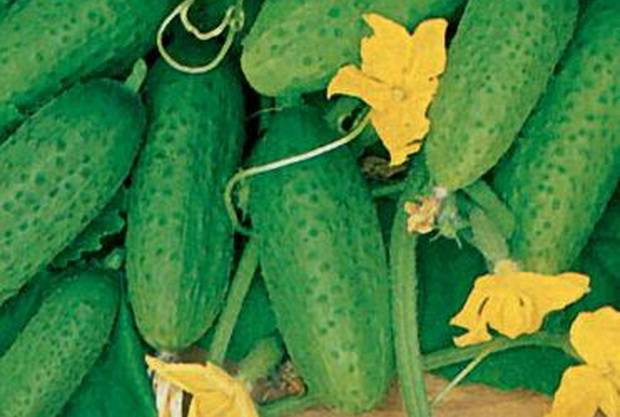
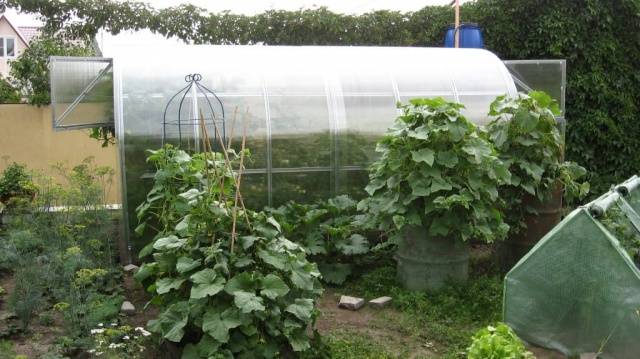









I need when sowing seeds of cucumber varieties: abundant, competitor, fontanel, bush and bush height !!! Everything is here: how much weight, when it ripens, in how many days ... But there is no answer to my question ...
Hello! To give a more complete answer, tell me which region do you live in? And how are you going to grow: seedlings or direct sowing in the ground, in a greenhouse or in the open field?